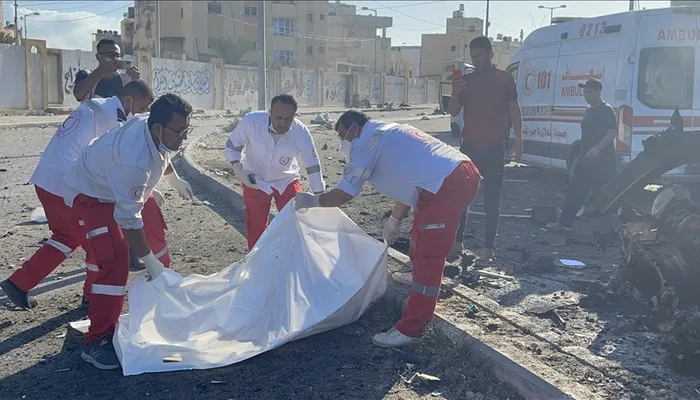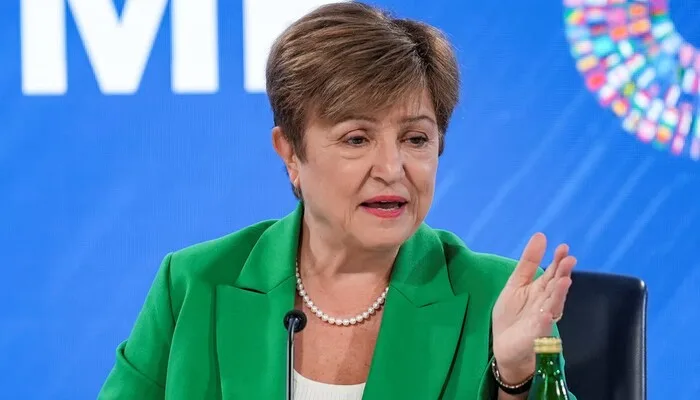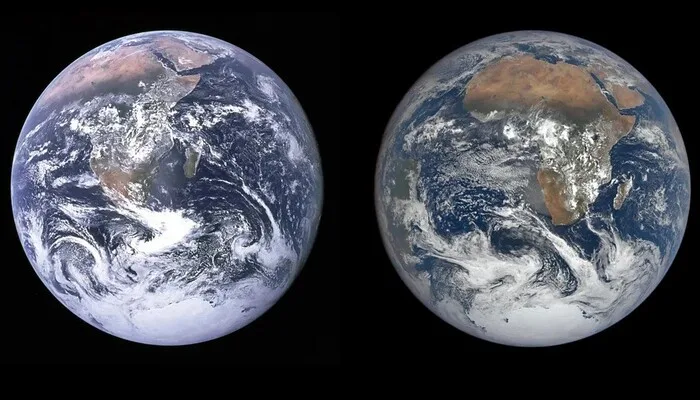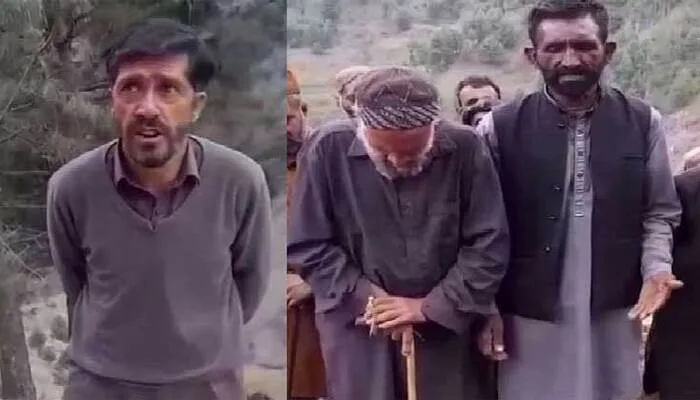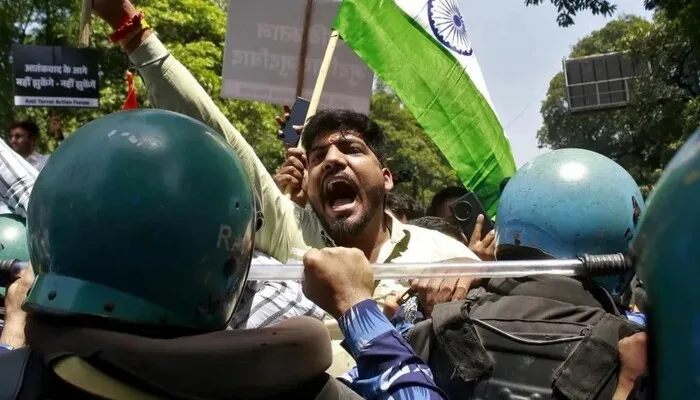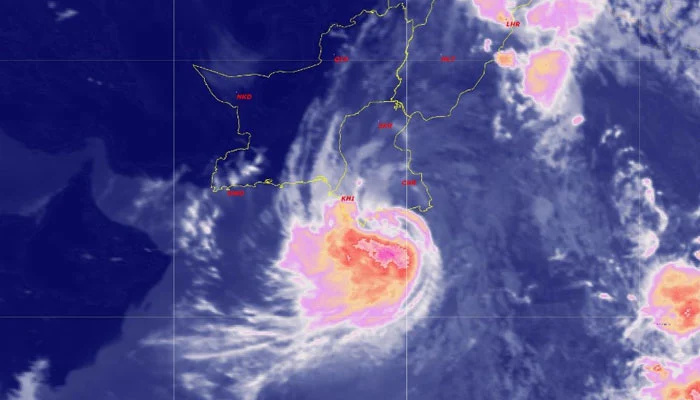
Cyclones, also known as hurricanes or typhoons depending on their location, are powerful natural events that can wreak havoc on communities. Yet, one of the most fascinating aspects of these storms is the process of naming them. Names like Asna, Shaheen, and Nilofar may seem arbitrary, but there is a well-established system behind how these names are selected. Naming cyclones not only aids communication but also helps in raising awareness about the storm’s potential impact.
The Importance of Naming Cyclones
The practice of naming cyclones began in the early 20th century to simplify the identification and communication of storms. The rationale is straightforward: names are easier to remember than numbers or technical terms. This simplicity makes it easier for the media to report on cyclones and for people to follow updates. When a cyclone is named, it becomes a more tangible threat, heightening public interest and ensuring that warnings are taken seriously.
The World Meteorological Organization (WMO) plays a significant role in this process. This international agency is responsible for coordinating global meteorological activities, including the naming of cyclones. The names chosen are familiar to the people in each region, which aids in understanding and remembrance. This is crucial for disaster preparedness, management, and risk reduction.
Historical Background of Cyclone Naming
The tradition of naming storms dates back to the early 1900s. Initially, storm names were assigned arbitrarily. During the mid-20th century, meteorologists began using feminine names for storms. This practice was grounded in the belief that names were more relatable and memorable for the general public. The use of female names was particularly common as communication methods evolved and media coverage of storms increased.
In the latter part of the 20th century, the system evolved to include male names as well. This change aimed to balance gender representation in storm naming. Since 1953, the National Hurricane Center has created lists for naming tropical storms in the Atlantic. These lists are maintained and updated by an international committee under the WMO, reflecting the evolving nature of cyclone naming.
The Procedure for Naming Cyclones
The naming of tropical cyclones follows a strict procedure established by regional bodies responsible for monitoring and predicting these storms. These bodies meet annually or biennially to determine the list of names for upcoming storms in their respective ocean basins. There are five primary regional bodies under the WMO that oversee the naming process:
- ESCAP/WMO Typhoon Committee: Covers the Northwest Pacific Ocean.
- WMO/ESCAP Panel on Tropical Cyclones: Covers the Bay of Bengal and the Arabian Sea.
- RA I Tropical Cyclone Committee: Covers the Southwest Indian Ocean.
- RA IV Hurricane Committee: Covers the North Atlantic Ocean, the Caribbean Sea, and the Gulf of Mexico.
- RA V Tropical Cyclone Committee: Covers the South Pacific and Southeast Indian Ocean.
The names are usually arranged alphabetically, though the order can vary depending on the region. For example, some regions may use names in alphabetical order, while others may prioritize the alphabetical order of the contributing countries.
Naming Cyclones in the North Indian Ocean
In the North Indian Ocean, which includes the Bay of Bengal and the Arabian Sea, the naming of cyclones follows a specific procedure. Countries in the region take turns submitting names from predetermined lists. For instance, Pakistan, India, Bangladesh, and other neighboring countries all contribute names to the list. When a cyclone forms, the name at the top of the list is assigned to it.
Cyclones such as Asna, Shaheen, and Nilofar were named according to this process. “Asna” could have been suggested by one of the member countries and selected based on the pre-arranged order. “Shaheen,” a name resonating deeply within the region’s cultural and historical context, was also chosen from the list provided by member countries. Similarly, “Nilofar” followed the established naming convention.
Criteria for Selecting Cycne Names
The selection of cyclone names is governed by several criteria:
- Cultural Relevance: Names must be familiar to the people in the region to ensure they are easily remembered and relatable during emergencies.
- Neutrality: Names should avoid any personal or controversial associations to prevent offense or confusion.
- Clarity: Names should be short, simple, and easy to pronounce, which is especially important in multilingual regions.
- Uniqueness: Once a name is used, it is typically retired if the cyclone was particularly deadly or costly. This prevents confusion in the future and ensures that each name remains distinct in public memory.
Why Are Cyclones Named?
The primary reason for naming cyclones is to aid communication. A named cyclone is easier to track, report on, and remember. This aids in quick identification in warning messages and ensures that the public is fully aware of the cyclone’s development and potential threat. Naming also helps differentiate between multiple storms occurring simultaneously in the same region, reducing confusion.
The name of a cyclone often becomes a memorable event in public consciousness. For example, cyclones like “Katrina” or “Sandy” evoke immediate memories of the devastation they caused. By assigning a name, a storm becomes a more tangible and unforgettable entity, which improves preparedness and response.
Read More: Sharjeena and Mustafa’s Marriage Tested in Episode 16 of Kabhi Main Kabhi Tum
Cyclones and Public Awareness
Named cyclones significantly enhance public awareness and media reporting. When a storm is named, it captures the public’s and media’s attention, ensuring that warnings reach a broader audience quickly. This heightened awareness can lead to better preparedness and potentially save lives by encouraging timely evacuations and other precautionary measures.
In regions like South Asia, where cyclones can cause extensive damage, naming storms is particularly vital. It enables governments and disaster management agencies to communicate more effectively with the public, ensuring that everyone is informed about the storm’s progress and the necessary precautions to take.
Conclusion
The naming of cyclones is a practice rooted in history and driven by the need for clear, effective communication. Names like Asna, Shaheen, and Nilofar are not chosen randomly but through a carefully structured process involving international cooperation and regional input. By making cyclones easier to identify and remember, naming plays a crucial role in disaster preparedness, media reporting, and public awareness, ultimately contributing to more effective management of these powerful natural events.
Read More: Telegram CEO Pavel Durov and His Recent Arrest in France
Follow us on Instagram, YouTube, Facebook, Whats App, and TikTok for latest updates.



